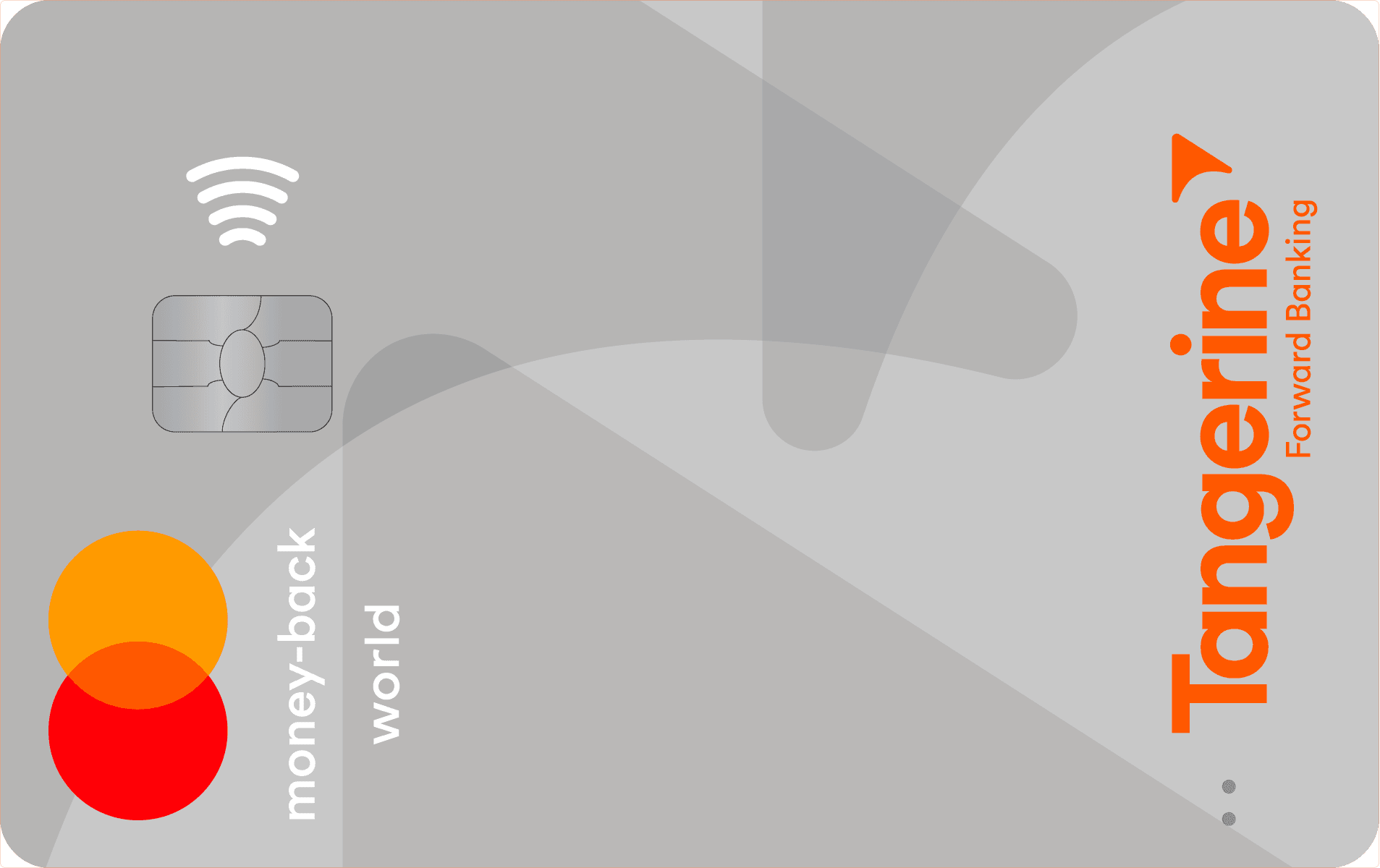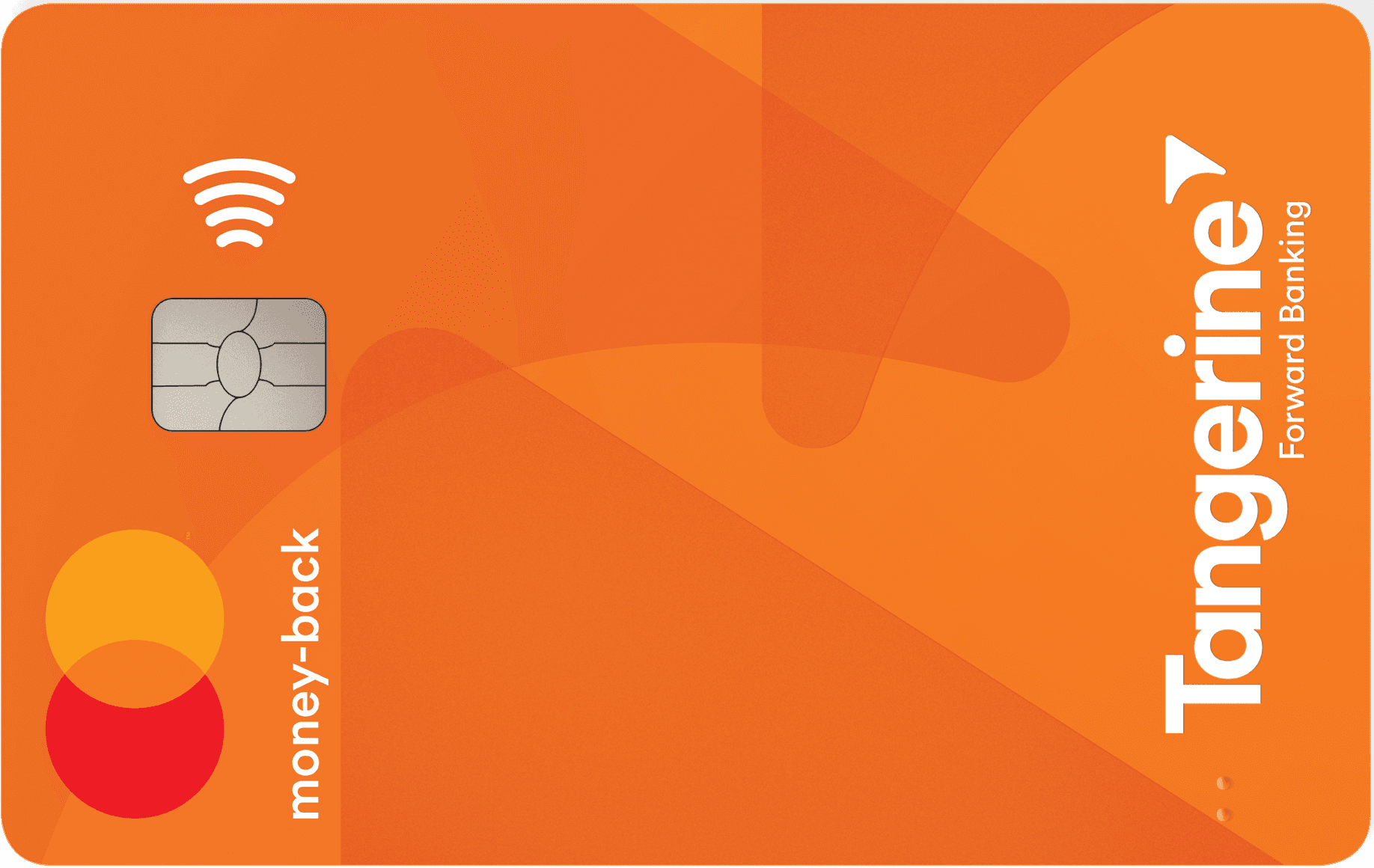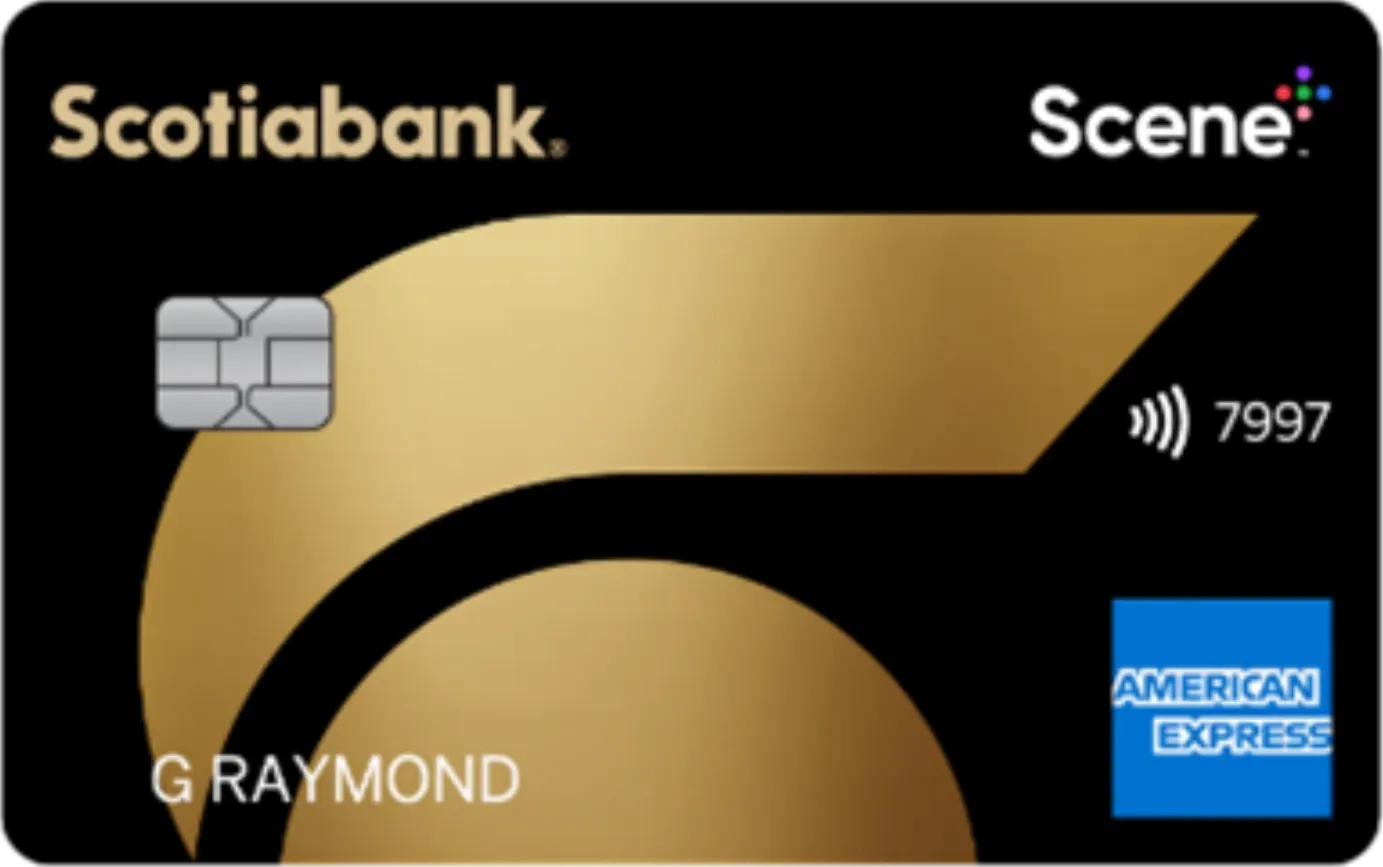Working hard in the background...
Credit Cards and the Future of Wearable Payments in Canada
Published Oct 1, 2025 9:43 AM • 5 min read
You’ve just ordered a coffee at Second Cup and instead of searching for your credit card, you pay with a quick “tap” of your smartwatch. That’s right – no wallet, no phone, no problem! Welcome to the age of wearable payments in Canada!
Wearables are becoming more common in everyday transactions across the country. In 2023, for example, wearable payments accounted for $1.1 billion across 44 million transactions. This represents a 32% increase in volume from the prior year, a trend that is likely to persist going forward. In this guide, we will examine why wearables are catching on, how they work, and what to consider before joining the movement.
What is wearable payment technology?
Wearable payment tech lets you complete a transaction by holding a connected device against a Near Field Communication (NFC) enabled terminal. Common smart devices, such as the Apple Watch, Fitbit, or Garmin fitness tracker, all have this ability. New businesses are also following in their footsteps by developing ring integration. These include the Cnick ring and the Evering.
Read More: Virtual Credit Cards
How do these devices work exactly? Behind the scenes, your card details are swapped for a string of characters called a “token.” Tokenization keeps the real number hidden to protect your private information. Even if someone intercepts the token, they would still be unable to use it.
Tokenization is widely used not only in Canada, but also across the globe. Major platforms, including Apple Pay, Google Pay, Samsung Pay, and Garmin Pay, all rely on tokenization and encryption to move money securely.
Why Canadians are embracing wearable payments
The reasons behind the rising digital payment trend in Canada include:
- Security. Biometric locks (think face ID, fingerprints, or a PIN) in combination with tokenized data mean your actual card number never leaves your device. Instead it stays safe and secure. No worries!
- Convenience. With wearables, there is no more fumbling for a wallet. Instead, you can tap your watch at the grocery store, subway gate, or yoga studio. It also prevents you from accidentally leaving your credit card in your pocket while doing laundry.
- COVID-19. The pandemic turned contactless spending from a “nice‑to‑have” into a necessity. From there, Canadians adapted to the trend of contactless payments.
- Bank support. Major Canadian banks now integrate with various wearable wallets, enabling seamless use.
The role of banks and payment networks
Canadian banks have partnered with Visa, Mastercard, and Interac to provide support for wearables. This partnership has been made easier through Apple Pay, Google Pay, and Garmin Pay. Consider the following examples:
- TD links with Google Pay to provide payment capabilities on smartwatches.
- BMO lets you add debit and credit cards to Google Pay for use on devices like the Google Pixel Watch.
- RBC allows payments on an Apple Watch through Apple Pay. They also support Google Pay for use on the Fitbit.
- CIBC links to Samsung Pay wearables.
- Scotiabank advertises integration with Garmin Pay for contactless payments on Garmin watches.
- Regional banks (ATB and Vancity) provide support for wearables.
These partnerships rely on tokenization and NFC-enabled terminals, so merchants don’t need new hardware to accept payments.
Wearables vs traditional payment methods
Wearables can process payments in under a second. Not only is this faster than card transactions, which require PINs and signatures, but it also provides enhanced security. Most wearable devices utilize biometrics in combination with tokenized transactions. This means your actual card number is never shared, helping to protect against fraud. Traditional payment cards, while secure, don’t offer the same level of protection. And cash, of course, comes with no fraud safeguards at all.
Read More: Contactless Credit Card Payments
Finally, there is the hygiene aspect to consider. Wearable payment devices are contactless, which helps reduce exposure to shared surfaces. As we all remember from the pandemic days, this can be an advantage, especially for those with vulnerable immune systems.
Still, wearables have limitations. You’ll need to own a compatible device, which can be pricey! Not to mention the need for regular charging of yet another device. Meanwhile, debit and credit cards are free to use, and they don’t require batteries or technological skills. That said, wearable payments offer a modern, fast, and secure alternative. For tech-savvy shoppers, they’re becoming a smart upgrade to the wallet.
Who is using wearable payment technology in Canada?
While wearable technology is growing in popularity across all age groups, some Canadian consumers are adopting it at a faster rate. Here's who is already tapping in – no pun intended:
- Millennials & Gen Z: These generations grew up in a world of rapid technological changes and are often early adopters. With an already wide acceptance of mobile wallets like Apple Pay and Google Wallet, wearables are simply the next step in digital payment evolution.
- Urban commuters: From the subway in Toronto to the Skytrain in Vancouver, transit riders appreciate the ease of tapping a wrist instead of digging for change.
- Increasing Boomer adoption: Once hesitant, more Boomers are warming up to wearable technologies.
- Fitness enthusiasts: Whether they're out for a run in the park, cycling the waterfront, or hitting the gym, many active Canadians prefer to leave their phones behind and rely on a smartwatch to make quick purchases post-workout.
Wearable tech may have started as a niche product, but it's clearly gaining traction with a wide range of Canadians.
The safety of wearable payment technology
Security is a top concern for many Canadians considering wearable payment. Fortunately, today’s devices have multiple protections in place. For example, instead of sharing your credit card number, wearables use tokenization, which replaces your details with a one-time digital token.
Authentication adds another layer of protection. With wearables, payments use biometric data (fingerprint or face recognition) or a secure passcode. This adds a barrier that physical credit cards simply don’t have.
You’ll also get instant alerts via your banking app, so every wearable transaction shows up in real time. This means you can act on suspicious transactions immediately. And a missing device? Tools like iCloud’s Find Devices or Google Find My Device let you lock or wipe the digital wallet remotely. As you can see, wearables aren’t just convenient, but tech companies have built them with your security in mind.
Read More: Credit Card Security Features Every Canadian Should Know
The future of wearable payments in Canada
Wearable payment tech is evolving, and its future in Canada is likely anything but boring. Expect to see more NFC-enabled rings and bracelets around. These lightweight items let you pay with just a tap of the hand.
AI is another frontier. By incorporating this technology, your wearable could do more than just process payments. It may also push personalized discounts in real-time based on where you are and what you usually buy.
Finally, there is the potential expansion into biometric rings. Consider the popular Oura ring, for example. This device tracks your health and fitness metrics but could soon incorporate secure payment features as well. In India, this technology already exists in the 7 Ring, which can make contactless payments across the country.
With tech companies racing to integrate these capabilities, Canada is well on its way to a card-free future.
What to consider before switching to wearable payment devices
Before you declare yourself “all-in” on wearables, there are a few considerations:
- Confirm your bank’s support. Verify that your debit or credit card is compatible with the device.
- Compare devices. Consider Apple Watch vs Samsung Galaxy Watch vs Garmin Watch vs Fitbit. Each device has advantages and limitations.
- Budget for the cost. This is key as wearables aren’t cheap! Smartwatches typically start around CAD$250.
- Review privacy settings. Decide how much data you want to share with the device maker.
Takeaway
Wearable payment technology has moved from a futuristic novelty to an everyday convenience in Canada. From smartwatches to fitness trackers, these tools offer an efficient payment system and serious convenience. With bank support and enhanced security, it’s only getting easier to leave your wallet behind.
Ready to take the plunge into the world of hands-free payments? Start by checking if your card is wearable‑ready then pick a device that fits your lifestyle. Whether you’re purchasing drinks or tapping your wrist at the train, wearable technology offers a faster and safer way to pay.
Frequently Asked Questions
Are wearable payments secure in Canada?
Yes! Wearable payments use tokenization, which replaces your real card number with a one-time digital code that can’t be reused or intercepted. Plus, your device uses authentication by biometrics (like a fingerprint or face scan) to confirm it’s really you. You will also get instant alerts from your banking app after each transaction, so you can act quickly if something isn’t right.
Do wearable payment devices work with all Canadian banks?
Not all, but most major banks support them. RBC, TD, Scotiabank, CIBC, BMO, and National Bank all offer compatibility with popular platforms like Apple Pay, Google Pay, Samsung Pay and Garmin Pay. Even regional players like Vancity and ATB have wearable integration. Just check your card’s eligibility before buying a device.
What are the downsides of switching to wearables?
The main downside is cost. A good smartwatch or fitness tracker can run you $250 or more, not to mention the hassle of maintaining another device. If you’re on a tight budget, it might not be worth the switch, especially since traditional debit and credit cards are still free and widely accepted.
How do wearables compare to cards or cash in terms of convenience?
Wearables are designed for speed and simplicity. Instead of digging out your wallet, you just tap your wrist and go. Wearables are also biometrically locked, adding an extra layer of security. And unlike cash, there's no fumbling for change or worrying about loss or theft.
Trending Offers

Tangerine® Money-Back World Mastercard®*

Tangerine Money-Back Mastercard

Scotiabank Gold American Express® Card

MBNA Rewards World Elite® Mastercard®
What's on this Page
- What is wearable payment technology?
- Why Canadians are embracing wearable payments
- The role of banks and payment networks
- Wearables vs traditional payment methods
- Who i s using wearable payment technology in Canada?
- The safety of wearable payment technology
- The future of wearable payments in Canada
- What to consider before switching to wearable payment devices
- Takeaway
- Frequently Asked Questions
About the author

Lauren Brown
Editor
Lauren is a freelance copywriter with over a decade of experience in wealth management and financial planning. She has a Bachelor of Business Administration degree in finance and is a CFA charterholde...
SEE FULL BIOAbout the reviewer

Anthony Coles
Editor
Anthony started off a career in finance working for the largest staging company in the UK. Tasked with setting up a procurement department and costing up large projects building film studios required ...
SEE FULL BIO